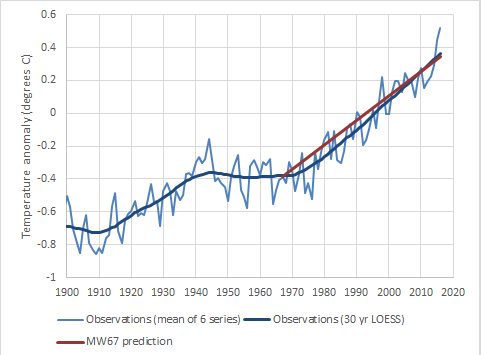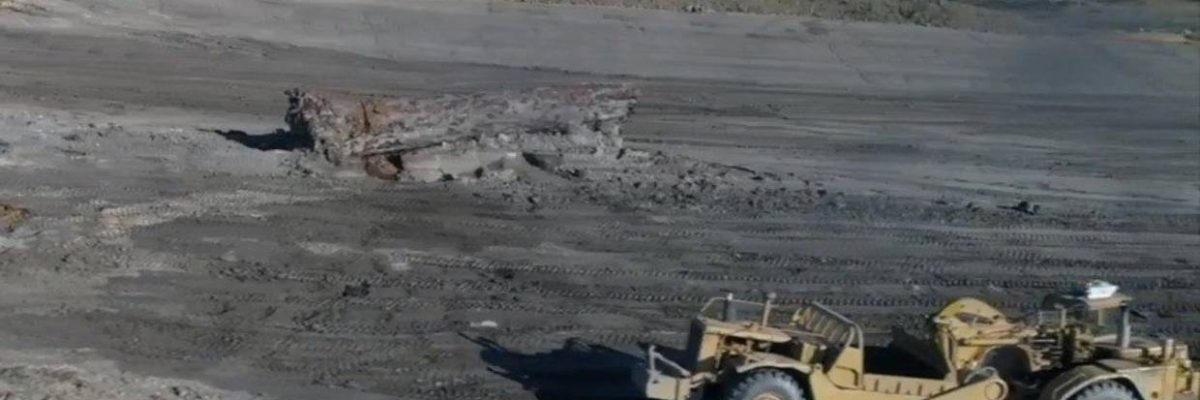Climate science
-

NOAA’s Climate blog posted a story earlier this week on the increase that has been seen in the US (and elsewhere) in heavy precipitation events. As warmer temperatures allow more moisture to evaporate into the air, it becomes “juicier” and more likely to produce heavy rain in downpours. This trend is likely to continue in…
-

From 2012 to 2018 I worked as a grant-funded agricultural climatologist on USDA-funded projects looking at the impacts of the changing climate on agriculture in the Southeast. There are a lot of negative impacts that are expected in the future due to warmer temperatures (especially nighttime temperatures), higher humidity, and more frequent floods and droughts,…
-

Have you ever been told that climate projections of the future are bad and they are not worth looking at? I’ve heard that many times. You might wonder how they know. My husband John Knox of the UGA Geography Department recently looked at a couple of the older climate predictions of climate to see how…
Posted in: Climate science -

In the news today (see first story below) was a story that we can put a dent in climate change by planting billions or even trillions of trees, which will absorb and store carbon dioxide. While that will help slow the increase in CO2 in the atmosphere, it really only buys some time, since the…
-

Here is a long but interesting investigative story about how farmers in Saskatchewan, Canada, are dealing with changes in climate in their region over time. In Canada, they are seeing warmer temperatures, longer growing seasons, and more frequent extreme rainfall as well as drought. The farmers have taken a variety of approaches to dealing with…
-

There have been several stories in the news recently about great changes that are underway to weather forecasting. Here are a couple that you might find interesting. Forbes: The National Weather Service Will Soon Simplify the Vast Maze of Weather Alerts They Issue New Yorker magazine: Why Weather Forecasting Keeps Getting Better
-

You hear a lot about the impacts of global warming due to the emission of greenhouse gases in the news these days, and rightly so. But there are other things that humans are adding or subtracting from the atmosphere that are changing the climate too. Here are two stories that discuss the impacts of reducing…